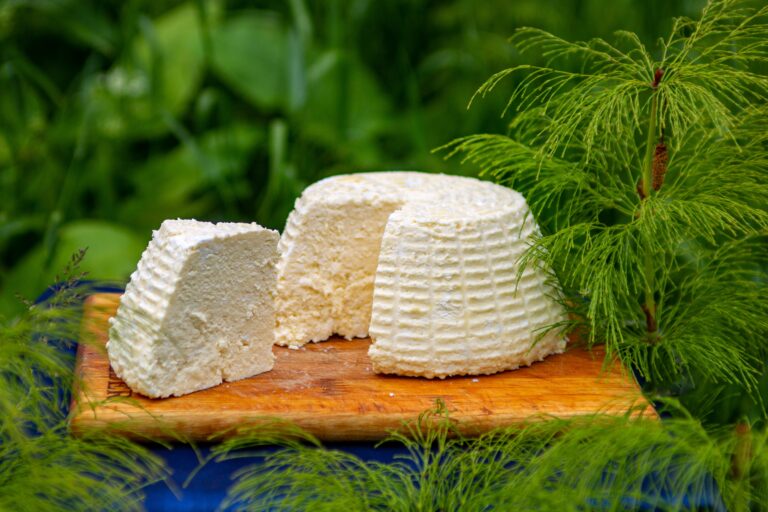
Translating and Writing for Food and Beverage Marketing
You need the right words to enhance your brand through food and beverage marketing.
Do you work in the culinary industry and want to tempt more taste buds? Then what you need is an excellent food and beverage marketing strategy. And there’s no marketing without copywriting and translation because words are key to enticing your audience.
Food and Beverage: Where Technicality and Creativity Meet
Food conveys history, identity and tradition. These aren’t just empty terms, they symbolise worlds whose stories are just waiting to be told.
Translating and writing for the food and beverage industry isn’t always a piece of cake. It has two main flavours, technical and creative. This sector is brimming with lots of different text types, from procedural guidelines and wine tech sheets all the way through social media copy and website localisation. All these content types require specific knowledge and the ability to choose the most appropriate style and tone of voice for copy that’s so good you can almost taste it.
Let’s not forget that at its core, food and beverage is a real science based on precise chemical processes. However, when talking about food and beverage marketing, emotions are the main ingredient with the power to transform potential leads into actual customers.

Senses and Locations
But how can we create emotion through words?
Through food copywriting! Basically, writing texts that make your customers’ mouths water.
We need to make our audience feel something through descriptions that will make them want to try it for themselves. Our five senses are our best allies in this; they can transform simple sentences into scintillating sensations. Each one is a crucial ingredient in a food copywriting recipe, even if we wouldn’t usually associate it with food and beverages, like hearing. But think about it, do you think the type of music and the volume of the environment where you’re eating make a difference?
Another essential factor is using specific locations.
Food tours are based on this concept, and have increased in popularity over the past few years. The idea is to create a tailored tour, combining wine tasting in the cellar with a dairy visit, for instance, and ending the day with a walk in a medieval village. For food and beverage marketing to be effective, we need to set the brand in a specific context, telling the story of the local area, its traditions and its heritage.

Case Study: Translating for the Cheese Industry
Let’s try and put all this into practice with a real example.
Recently, I did some translations for a famous cheese brand that was taking part in a street food festival.
Here are some of the challenges I happily took on to convey content and feelings from English into Italian in the best possible way.
Terminology
Translating or writing about a food or beverage product is a big responsibility; this means we have to call things by their name. Eyes, soft cheese, and blue cheese are just some examples of the cheese-related terminology I encountered while translating. It’s essential to know the industry and always carry out proper terminology research.
Localisation
Localising means adapting terms and concepts of the source language and culture for the target audience. In food and beverage, one of the most obvious examples is units of measurement. The American English measurement cup is not used in Italian at all and has no equivalent (a cup of flour is not a specific quantity in our language). This text used both typically American units of measurement and those from the International System of Units. Here, I chose to only keep the units that an Italian audience would normally understand and use and ignore the others.
Technical Aspects
Translating means conveying specific concepts that often vary in form from one country to the other.
An example in food is denominations. In Italian, we have acronyms like DOP (Denominazione di Origine Protetta), IGP (Indicazione Geografica Protetta), and STG (Specialità Tradizionale Garantita). If you’re not an expert, these acronyms are already difficult to understand as a native speaker of Italian, let alone for people who don’t know the language. It takes thorough research to find out that the English equivalents are PDO (Protected Designation of Origin), PGI (Protected Geographical Indication), and TSG (Traditional Specialty Guaranteed). And this is just one example. We can’t risk getting it wrong and definitely need to search and study, preferably using official resources like the European Commission website.
In the end, this translation was definitely a tasty challenge!

Putting the Icing on The Cake with Words
So, what can I do for you? I can choose the right ingredients for effective communication that will make your food and beverage marketing come out perfectly. As a linguist specialising in this field, I can take care of translations, revisions and Italian copywriting for your food and beverage content.
Find out more about my qualifications and CPD in this sector and get in touch to tell me about your project; I’d be happy to cook up the perfect communication solution for you.





FEEL FREE TO DROP US A LINE.